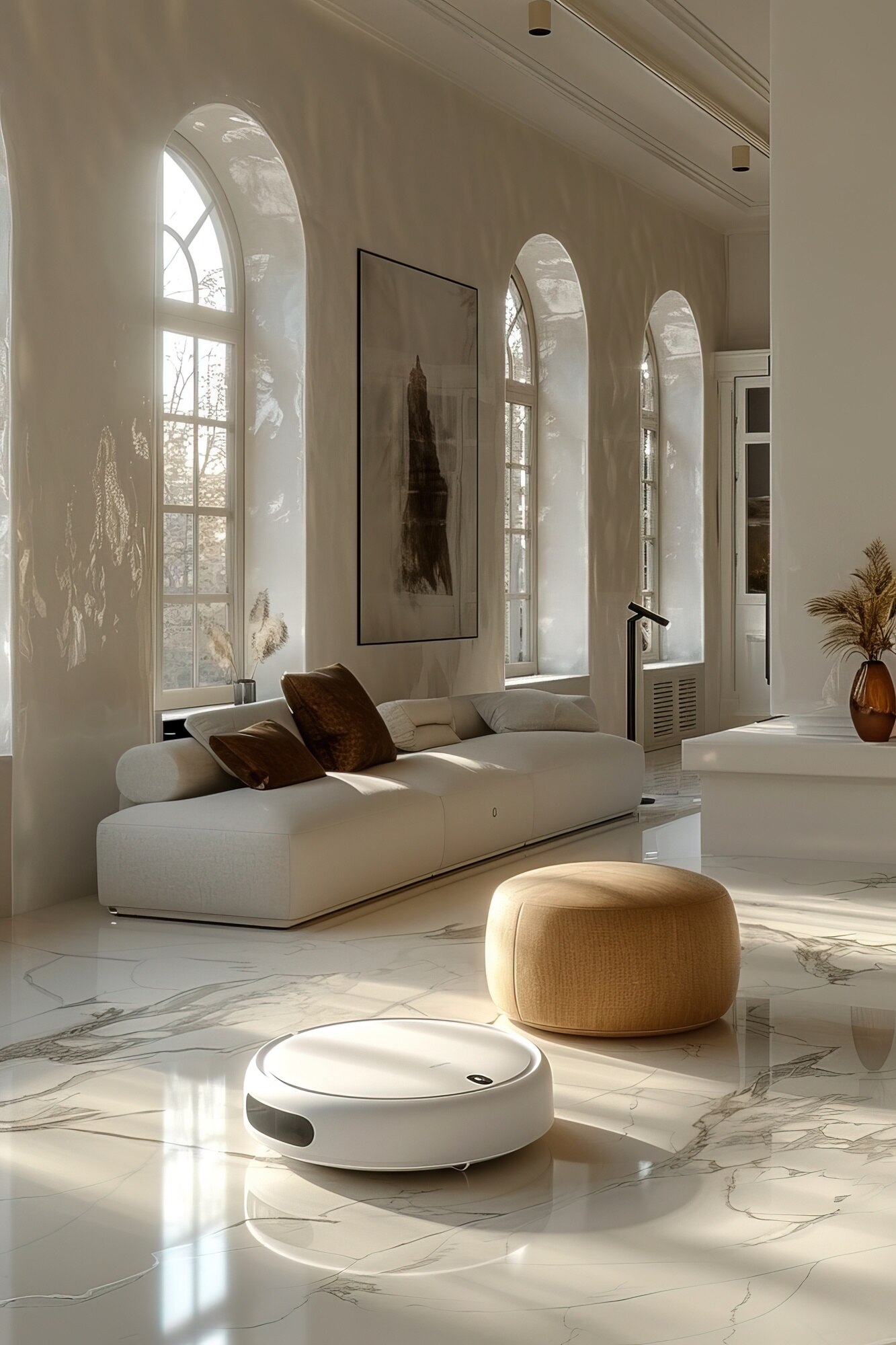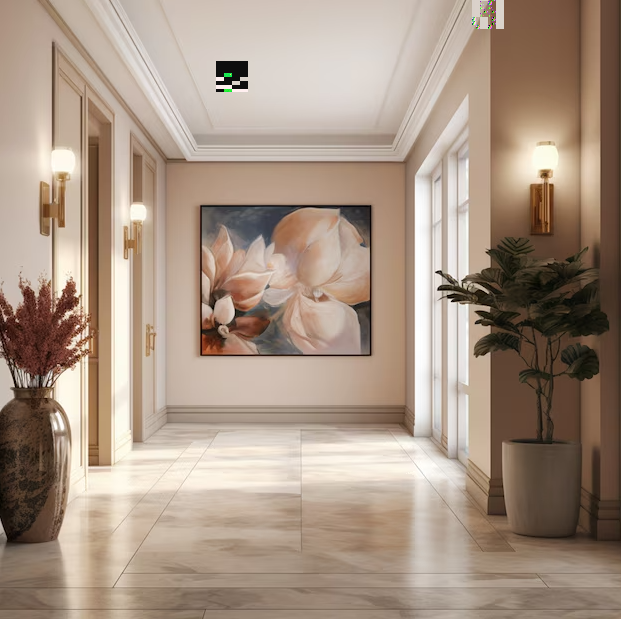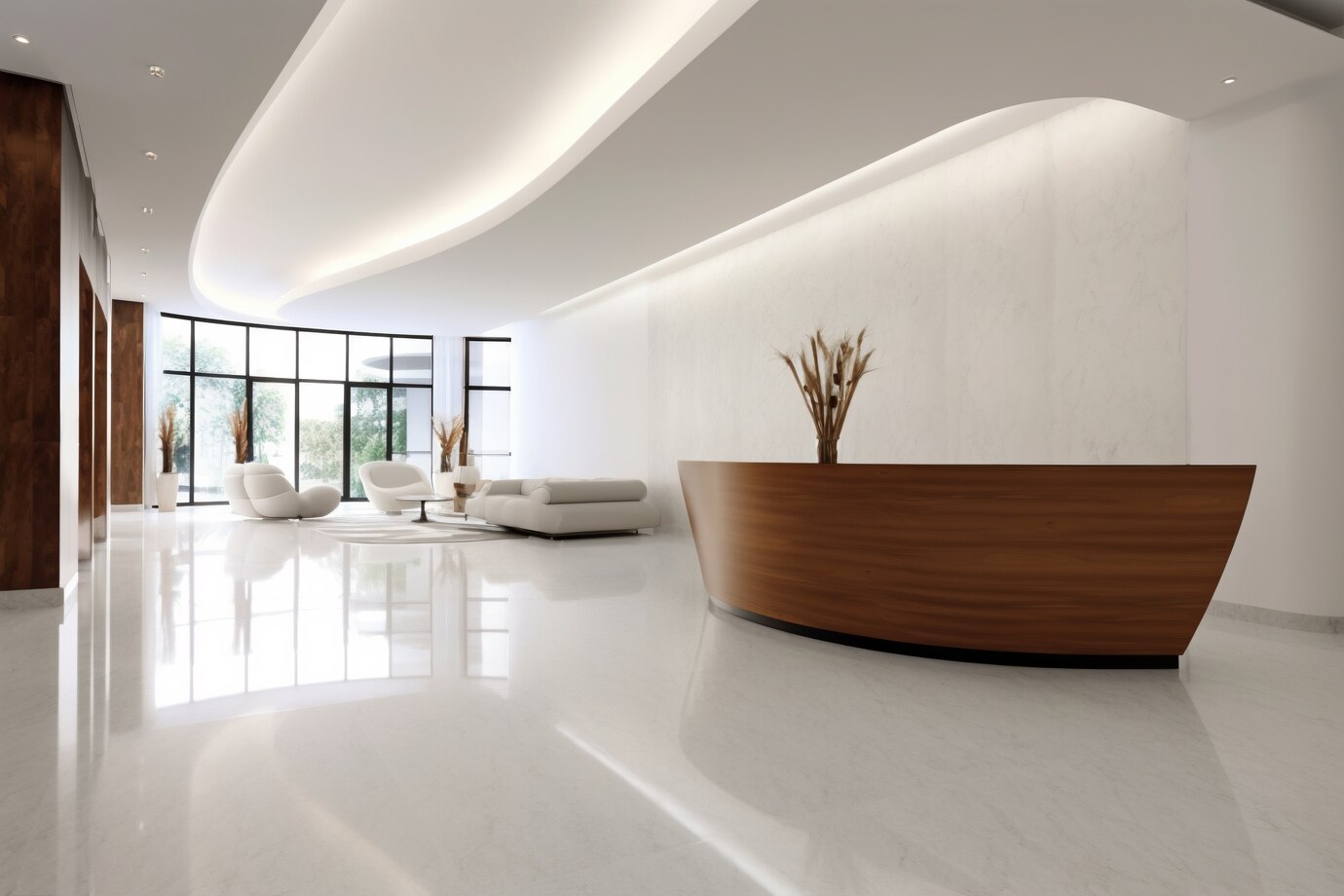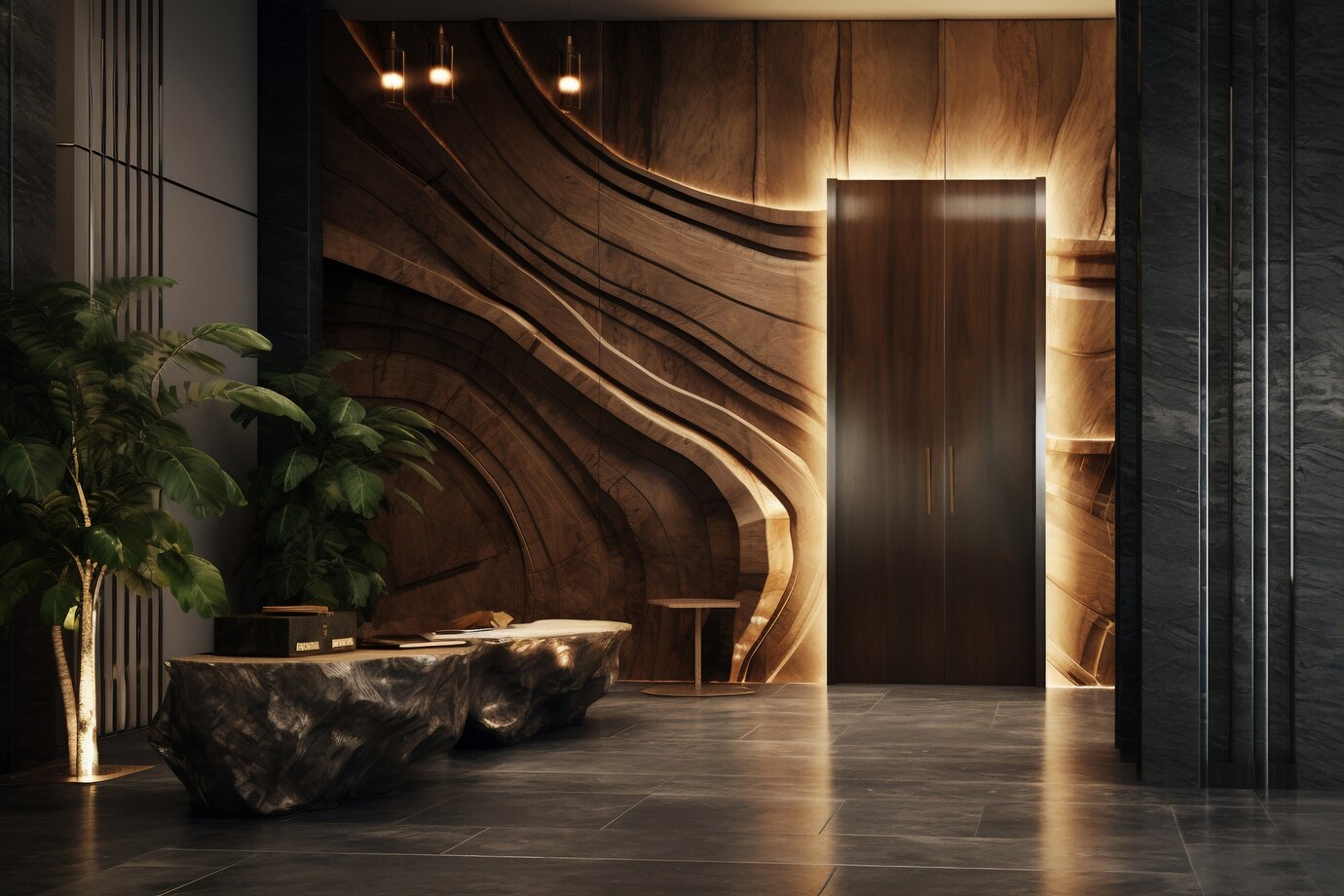
Modern Interior Design Trends Using Travertine Marble in Chennai
As Chennai continues to embrace global design aesthetics while retaining its tropical essence, one material stands out for its blend of timeless elegance and modern appeal — Travertine Marble in Chennai. If you’re refurbishing a luxury villa, designing a contemporary apartment, or specifying finishes for a commercial project, travertine offers a sophisticated foundation that complements Chennai’s climate, lifestyle and design sensibilities.
In this blog, brought to you by PixelTech, we explore current trends for using travertine marble in Chennai interiors — highlighting why this natural stone is gaining momentum, how to apply it thoughtfully, and specific design pointers for our city.
1. Why Travertine Marble Works Especially Well in Chennai
Travertine is not just visually appealing — it has attributes that make it highly suited to Chennai’s climate and lifestyle.
-
Earthy, warm tones: Travertine typically comes in beige, ivory, light gold, walnut, or even silver‑grey variants. These tones align with the neutral, sun‑lit interiors that many Chennai homes favour.
-
Natural texture & character: Its porous structure, subtle veining and small cavities give travertine more natural variation than polished marbles. This adds organic warmth to minimalist interiors.
-
Climate‑adapted: In a warm city like Chennai, stone floors help moderate indoor temperatures. The natural “cool” feel underfoot of travertine is a plus for interiors. Many designers point out its suitability for humid/tropical situations.
-
Versatility: From flooring and wall cladding to countertops and feature elements, travertine offers broad application, which makes specifying easier and more cohesive across spaces.
-
On‑trend globally: Recent design trend reporting shows travertine is resurging in popularity — for example, earth‑toned travertine is a key trend in 2025 interiors.
2. Trend Directions for Travertine Marble in Chennai Interiors
Here are some of the modern design trends where travertine is being used creatively in Chennai settings.
a) Large‑format slabs & minimal grout lines
Using large travertine slabs for flooring or walls creates a seamless, expansive look—ideal for contemporary villas or open‑plan apartments. Global design literature highlights this as a leading trend.
In Chennai, this means fewer visible joints, easier cleaning (important in humid, dusty environments) and a more premium finish.
b) Feature walls & vertical surfaces
Travertine is no longer just a flooring stone. Designers are increasingly using it for feature walls, columns, staircases, even ceilings.
In a Chennai home, you might use travertine to clad the living‑room TV wall, the bedroom headboard wall, or the foyer — creating a visual anchor.
c) Spa‑inspired bathrooms and wet zones
With wellness and resort‑style interiors being popular, travertine is being used in bathrooms and powder rooms for that spa effect. Its natural texture and neutral tones help create a calm ambiance.
In Chennai homes, where humidity is a factor, choosing honed or brushed finishes (rather than high polish) can enhance slip resistance and durability.
d) Indoor‑outdoor continuity
Chennai homes often blur the line between interior and exterior living (verandas, patios, indoor courtyards). Travertine works well for this because it can be used indoors and outdoors, creating a continuity of material.
Think of travertine paving on the porch that flows seamlessly into the living room floor.
e) Mix of textures & natural materials
A big trend is combining travertine with warm woods, matte metals (brass, bronze), linen fabrics and neutral furnishings — the stone provides an organic base while other elements bring contrast and softness.
In Chennai, this could translate into travertine flooring plus teak‑wood furniture plus brass lighting — a combination of natural elegance and comfort.
3. Specific Applications & Tips for Travertine Marble in Chennai
Let’s get into some practical design ideas and best practices for using travertine marble in Chennai homes or commercial spaces.
Flooring
-
Choose a honed or matte finish to avoid slippery surfaces in humid weather.
-
Large tile sizes (e.g., 600×1200 mm or larger) reduce grout lines and make spaces look more expansive.
-
For high‑traffic areas (foyer, living room), ensure the travertine is properly sealed. The porous nature means maintenance is important.
-
Light‑beige or ivory travertine works well with natural daylight, giving interiors a bright but warm ambience.
Wall Cladding & Feature Walls
-
Use travertine on the living room TV wall, or behind the bed in the master suite — the texture will add depth without overwhelming.
-
Vertical use helps create visual height and architectural drama.
-
For bathrooms: consider travertine across both floor and wall for a unified look, then highlight with matte black or brass fixtures.
Kitchen & Wet Areas
-
While kitchens typically demand highly durable surfaces, travertine can be used for backsplashes or kitchen islands — provided you use a sealed finish and are mindful of acid/heat.
-
In Chennai kitchens, you might pair travertine with warm‑toned cabinetry (teak, walnut) and subtle brass handles for a sophisticated look.
Outdoor & Transitional Spaces
-
Use travertine for verandas, pool surrounds, or courtyard flooring to tie the indoor‑outdoor experience together.
-
Choose finishes suited for exterior use (tumbled, brushed) for better slip resistance and durability.
-
Colour‑match indoor travertine with outdoor pavers to maintain a cohesive aesthetic.
Furniture & Custom Pieces
-
Travertine is also trending as a material for side tables, console tops, benches, even custom stone furniture.
-
In Chennai luxury homes, you might specify a travertine coffee table or a stone bench in the foyer — these subtle touches bring material richness and tie back to the flooring or walls.
4. Considerations & Best Practices for Chennai Projects
To ensure your usage of travertine marble in Chennai is both beautiful and durable, bear these points in mind:
-
Sealing & Maintenance: Because travertine is porous, it must be sealed appropriately, especially in kitchens, bathrooms and outdoor zones. Proper maintenance will preserve its look.
-
Finish Selection: In humid environments, honed or brushed finishes are more suited than high‑gloss — they mask wear better and reduce slipperiness.
-
Colour & Variation: Travertine slabs vary naturally; embrace the variation (it adds character) but ensure supplier quality and slab matching for large areas.
-
Climate‑aware installation: For outdoor or semi‑outdoor Chennai spaces, ensure substrate, drainage and expansion joints are correctly planned — natural stone expands and contracts differently in tropical climates.
-
Material cost vs alternatives: While travertine offers premium aesthetics, compare cost and maintenance with other natural stones or stone‑look tiles, especially for large‑scale use.
-
Design coordination: Travertine pairs beautifully with certain materials — warm woods, matte metals (bronze, brass), linen fabrics, greenery. In Chennai interiors, you can lean into that earthy‑luxury look.
-
Supplier & import sourcing: Chennai construction often sources stones nationally or internationally; check supplier provenance for quality, sustainability and delivery timelines.
5. Why “Travertine Marble in Chennai” Should Be on Your Spec List
In summary, if you are working on an interior design or architecture project in Chennai — residential or commercial — specifying travertine marble in Chennai offers multiple benefits:
-
It brings a warm, elegant, yet contemporary foundation for interiors.
-
It aligns with current design trends (large format, feature walls, indoor‐outdoor fluidity).
-
It suits Chennai’s climate and lifestyle better than some high‑gloss cold stones.
-
It enables a cohesive design language across spaces — floors, walls, furniture.
-
It adds value and aesthetic gravitas, which is important for premium homes or commercial lobbies.
Final Thoughts
Whether you are redesigning a Chennai home, planning a luxury apartment fit‑out, or specifying finishes for a boutique hotel lobby, travertine marble deserves a prominent place in your material palette. With thoughtful selection, finish specification and installation, you’ll create interiors that are not only beautiful today, but hold their elegance over time.
If you’d like, I can pull together a supplier list of travertine marble in Chennai, along with sample finishes, price ranges and slab availability — would that be helpful?



